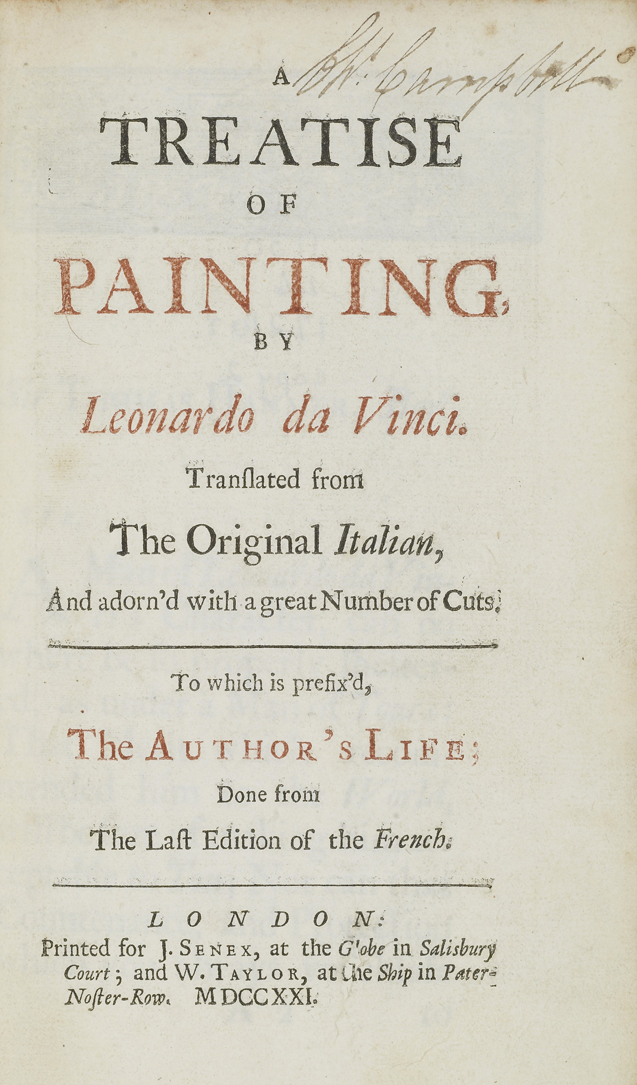
A Treatise on Painting, by Leonardo da Vinci
1721
Senex and Taylor, London
Illustrations:  | Chapter Display  |
I354
That part of a Fold, which is the most remote from its Centre, or from the place of its restraint, whence the Fold commences, will recover more of its natural State, than any other part. This is owing to a Faculty, which all natural things are found to have, in common with each other, to wit self Preservation, or an endeavour to preserve their own Manners of being; in consequence of which, a stuff uniform and alike in its thickness, and strength, endeavours to continue flat and even; so that when on account of some Fold or Plait, it is forced to quit its natural Habitude, it struggles continually to retrieve it self; and still in proportion as it recedes from the place of its constraint, it approaches nearer to its Original Plainness, by expanding and unfolding it self. Thus for instance, suppose A B C the Fold of a Drapery, and A B the place where it receives its force or constriction, I have already shewn that the part most remote from the rise or root of a Fold, will have recovered the greatest share of its natural Form; whence it follows, that C being the most distant part of the Fold, will likewise be wider, plainer, and more expanded than any other part.